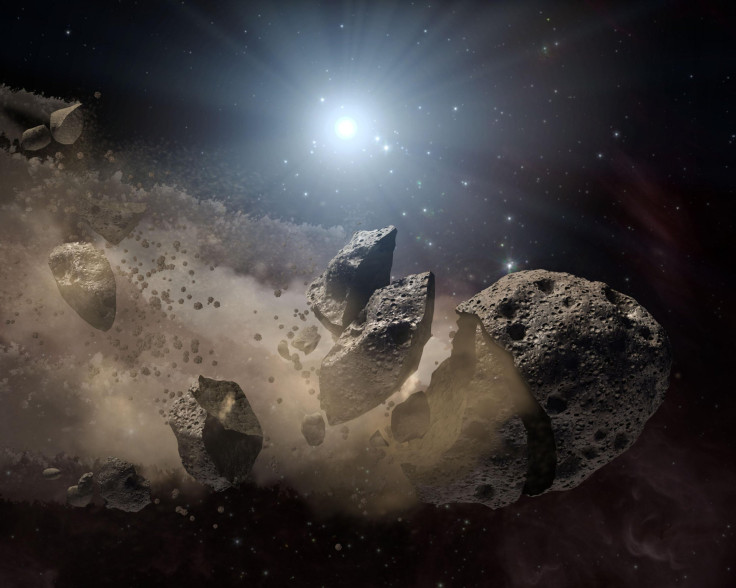NASA Asteroid Tracker: 187ft NEO Headed For Earth At 43,300km/h Today

NASA has been tracking a large asteroid that’s expected to fly closely to Earth tonight. According to the space agency’s data, the asteroid’s upcoming visit will mark its closest flyby on Earth in three centuries.
According to NASA’s Center for Near Earth Object Studies (CNEOS), the asteroid, named as 2012 KZ41, has a maximum diameter of 187 feet, making it over four times longer than an average city bus. It is currently traveling with a speed of 43,300 kilometers per hour.
2012 KZ41 is expected to fly by Earth on June 3 at approximately 11:43 pm ST. As it approaches, its closest distance to the planet will be 0.00968 astronomical units, which is roughly about 1.4 million kilometers away.
Based on CNEOS’ collected data on 2012 KZ41, which spans from 1903 to 2200, the asteroid’s arrival tonight will mark its closest distance to Earth. The closest it got to the planet was on May 31, 2012. It flew about 0.02093 astronomical units from Earth, or around 3.1 million kilometers.
According to CNEOS’ projections, 2176 will be the year when the asteroid will fly closest again to the planet. At this time, 2012 KZ41 is expected to approach Earth at 0.01372 astronomical units or around 2 million kilometers.
2012 KZ41 is only one of several asteroids that regularly pass by Earth. Despite being labeled as near-Earth objects, (NEO) NASA has maintained the planet is not in danger of getting disastrously hit by an asteroid based on its data.
Probably the most terrifying report regarding a potential asteroid hit came out in 1998 after the Minor Planet Center in Cambridge, Massachusetts warned that an asteroid, known as 1997 XF11, was on a direct collision course with Earth. According to the report, the asteroid was expected to hit the planet in 2028.
Thankfully, through CNEOS, NASA’s engineers and astronomers were able to conclude that Earth was not in danger of getting hit by 1997 XF11 or by other asteroids. Through the center’s data collection system, NASA was able to create past, present and future maps for all near-Earth objects.
“We compute high-precision orbits for all asteroids and comets and map their positions on the Solar System, both forward in time to detect potential impacts, and backwards to see where they’ve been in the sky,” Paul Chodas of CNEOS said in a statement.

© Copyright IBTimes 2024. All rights reserved.





















